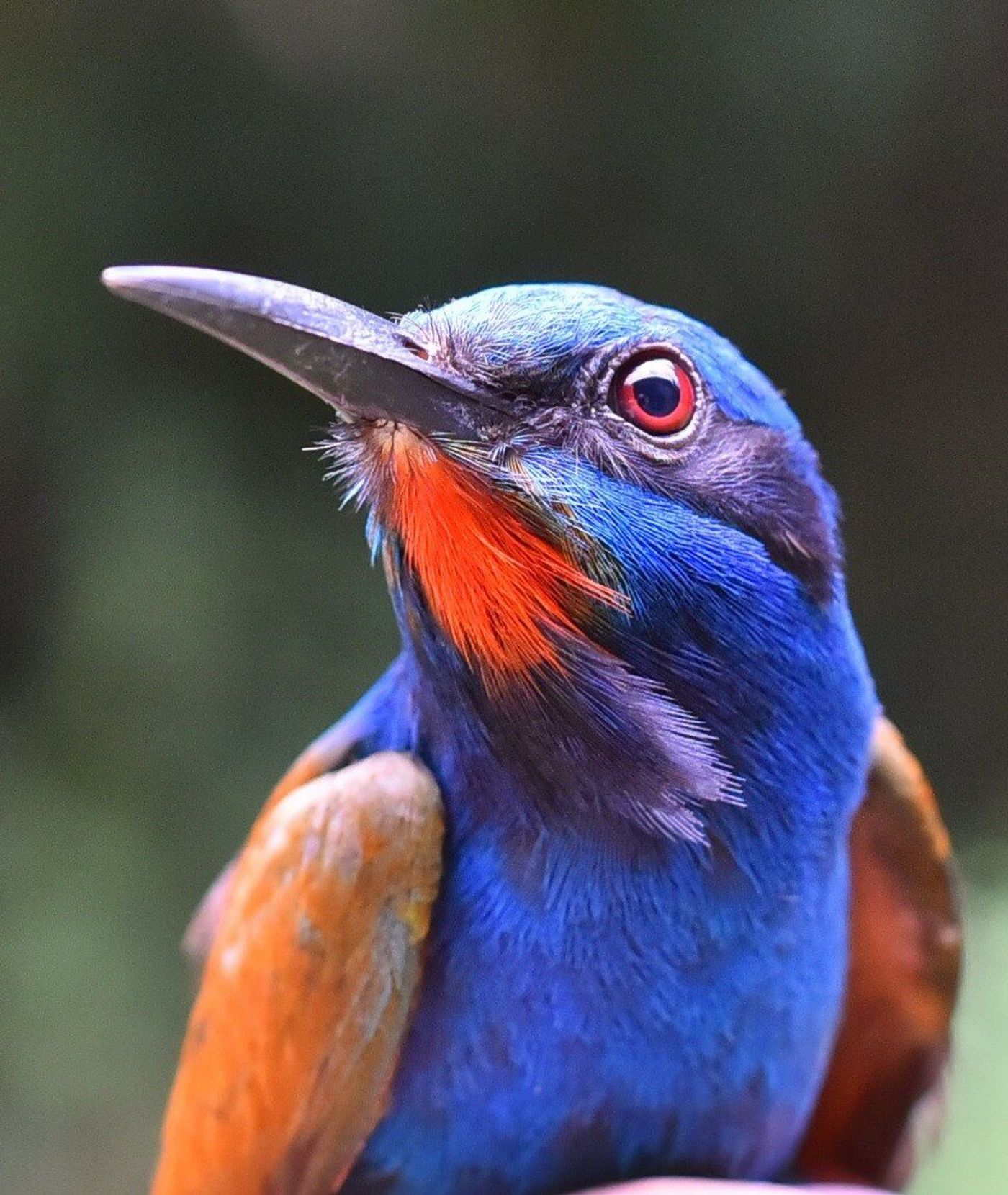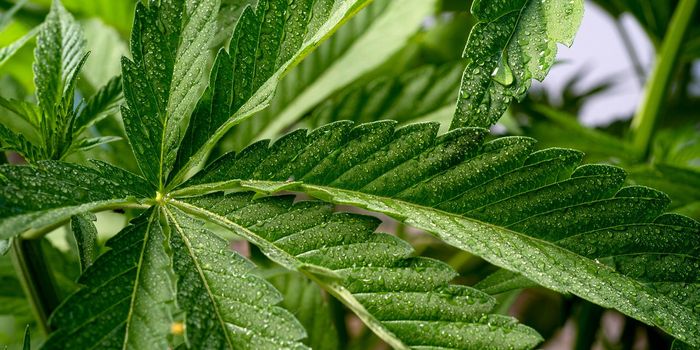Researchers Quantify How Much Rainforest Cover Cameroon Can Lose Before Birds Suffer
When it comes to animal conservation, habitat protection is often one of the critical ingredients of success. That said, it should come as no surprise that researchers attempt to understand the relationship between habitat destruction and population trends. Making this connection helps experts deploy effective conservation techniques that can prevent animal populations from spiraling toward extinction.
One of the latest attempts to grasp this connection involved a team of researchers from the Department of Conservation Biology at the University of Göttingen. After surveying more than 4,000 square kilometers of rainforests in Southwestern Cameroon and sampling 198 bird species, they discerned the minimum rainforest threshold requirements to maintain a healthy selection of wild bird populations in the region.
Image Credit: Professor Matthias Waltert
Their results, which have been published in the journal Biological Conservation, indicate how we could evade “drastic losses” in native bird populations by preserving at least 42 percent of the region’s current rainforest cover. Additionally, we could avert considerable population declines altogether by protecting at least 74 percent of the region’s current rainforest cover.
Related: Deforestation negatively impacts the Sumatran Tiger
The researchers reached this conclusion after comparing bird diversity in deforested areas with their non-deforested counterparts, and they found that deforested areas played host to more ‘generalized’ bird species than non-deforested areas after native populations had all but disappeared.
Albeit rather obvious that preserving all the region’s rainforests would have the least impact on bird populations altogether, the progression of habitat destruction seems inevitable. Humans continuously steamroll nature’s wonders in search of natural resources, and conservationists seek to limit this progression to prolong and prevent its adverse effects on biotic communities.
Related: Bigger birds dominate food sources, leaving smaller birds with the crumbs
From the results, it would appear as if there’s still some wiggle room – at least one-quarter of the current rainforest cover in Cameroon – before conservationists will have anything to worry about. On the other hand, it’s never too early to start preparing, and that means identifying key areas that should be protected for the well-being of local wildlife.
"The threshold values we are discussing here should play a role in defining strategies for conservation in tropical forest landscapes," elucidated Denis Kupsch, the study’s first author. "It would, therefore, make sense for land-use planning and legislation in the future to be geared more to such limits in order to achieve a sustainable coexistence of industrial agricultural production, smallholder agriculture, and protected area management."
Related: A bird's feeding behavior doesn't influence beak shape and size, study claims
It will be interesting to see whether the findings prompt action from local lawmakers; after all, it’s essential to implement these protections before Cameroon’s rainforests succumb to too much deforestation and fall within the unsafe thresholds.
Source: Science Daily, Biological Conservation









